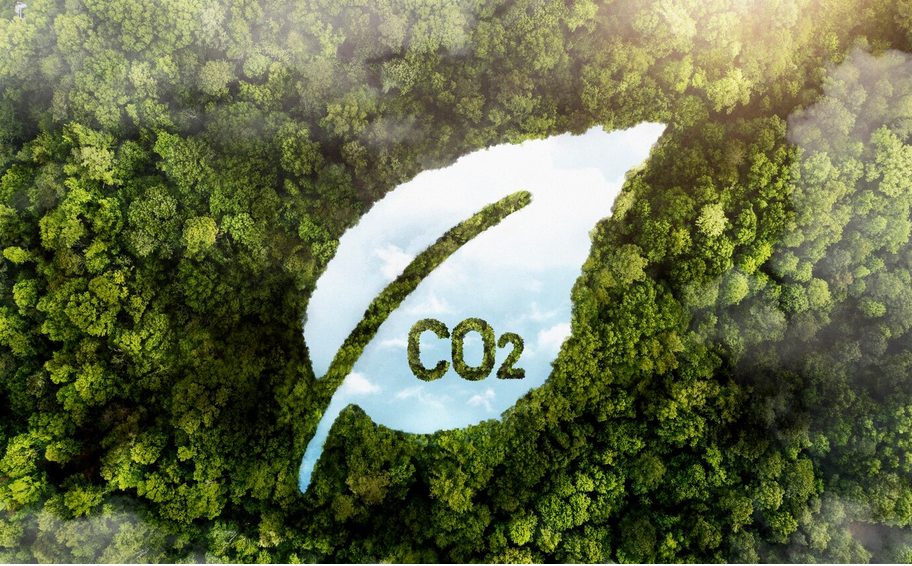back
Decarbonization

Decarbonization aims to reduce greenhouse gas emissions, particularly CO2, to combat global warming. The energy transition involves replacing polluting energies, such as oil and coal, with cleaner sources like solar, wind, and hydrogen. Decarbonization technologies, such as solar panels, wind turbines, and carbon capture, are essential for this change.
Green hydrogen, produced from renewable energies, is a key innovation to replace fossil fuels, especially in hard-to-decarbonize sectors like industry and transportation. This technology does not generate CO2 and represents a promising alternative to reduce our dependence on polluting energies.
Decarbonization technologies also contribute to improving energy efficiency by enabling more rational energy consumption. For example, smart systems in buildings can automatically adjust heating and lighting to save energy. These innovations are crucial for limiting our environmental impact and successfully achieving the energy transition, but they require continuous investments to accelerate the process and combat climate change.

